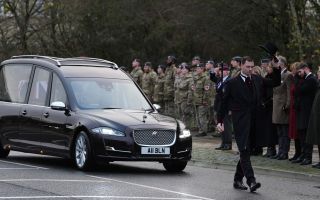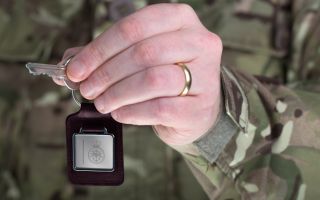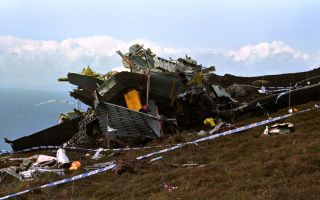Wounded Ukrainian veterans taking the fight to Russia with FPV drones
Simon Newton reports from a secret testing site outside Kyiv
"This isn't even properly cold," Liza Bondarenko tells me, as we stand shivering in a field somewhere outside Kyiv.
In a past life, she and her husband had both worked in IT.
"We were Dinkies," she says with a laugh, referring to the acronym for "double income no kids".
For Liza and her husband everything changed in early 2022 when Russian troops invaded.
Desperate to help, Liza put her career on ice and instead took a job at a veterans' charity.
The Dignitas Fund where she now works helps former soldiers with their rehabilitation, teaching them the skills needed to build drones and robotic equipment.
"Drones are small and easy to assemble, so we can run an introductory course in electronic engineering," she explained.
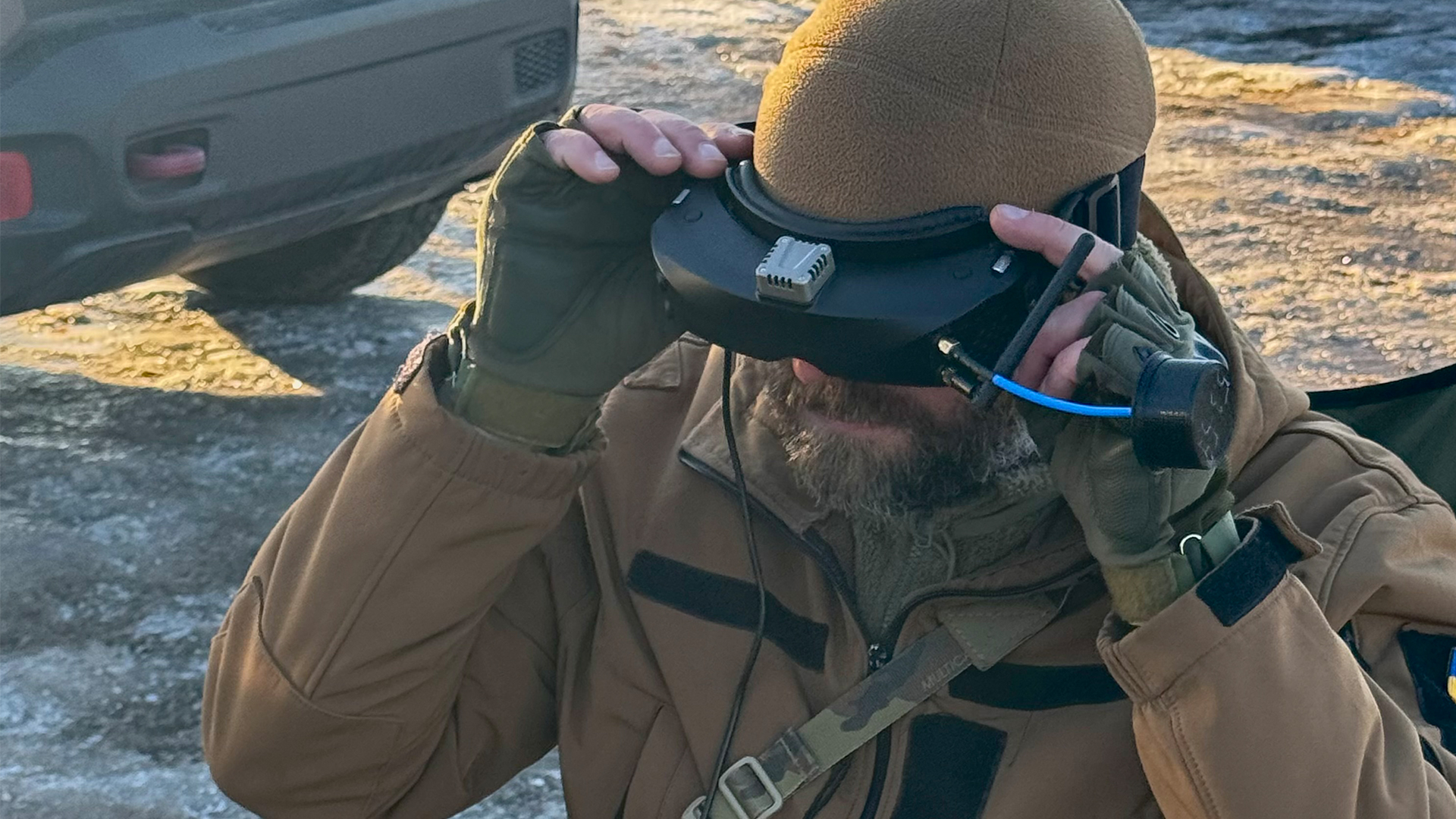
"We teach them to assemble drones, to solder, to fly them on the simulators.
"We suggest to our ex-military guys that while they do their rehabilitation they get engaged in something new."
We've come to this freezing area outside Kyiv to meet the founder of one of Ukraine's biggest drone manufacturing companies.
Dressed in a fur-collared coat and sunglasses, 26-year-old Oleksii Babenko is every inch the young tech entrepreneur.
In a former life, he tells me, he ran a fire-juggling troupe. With his beard and swept-back hair, it's easy to imagine him centre stage.
Oleksii won't tell me how many drones his company is now producing, except to say it's "thousands".
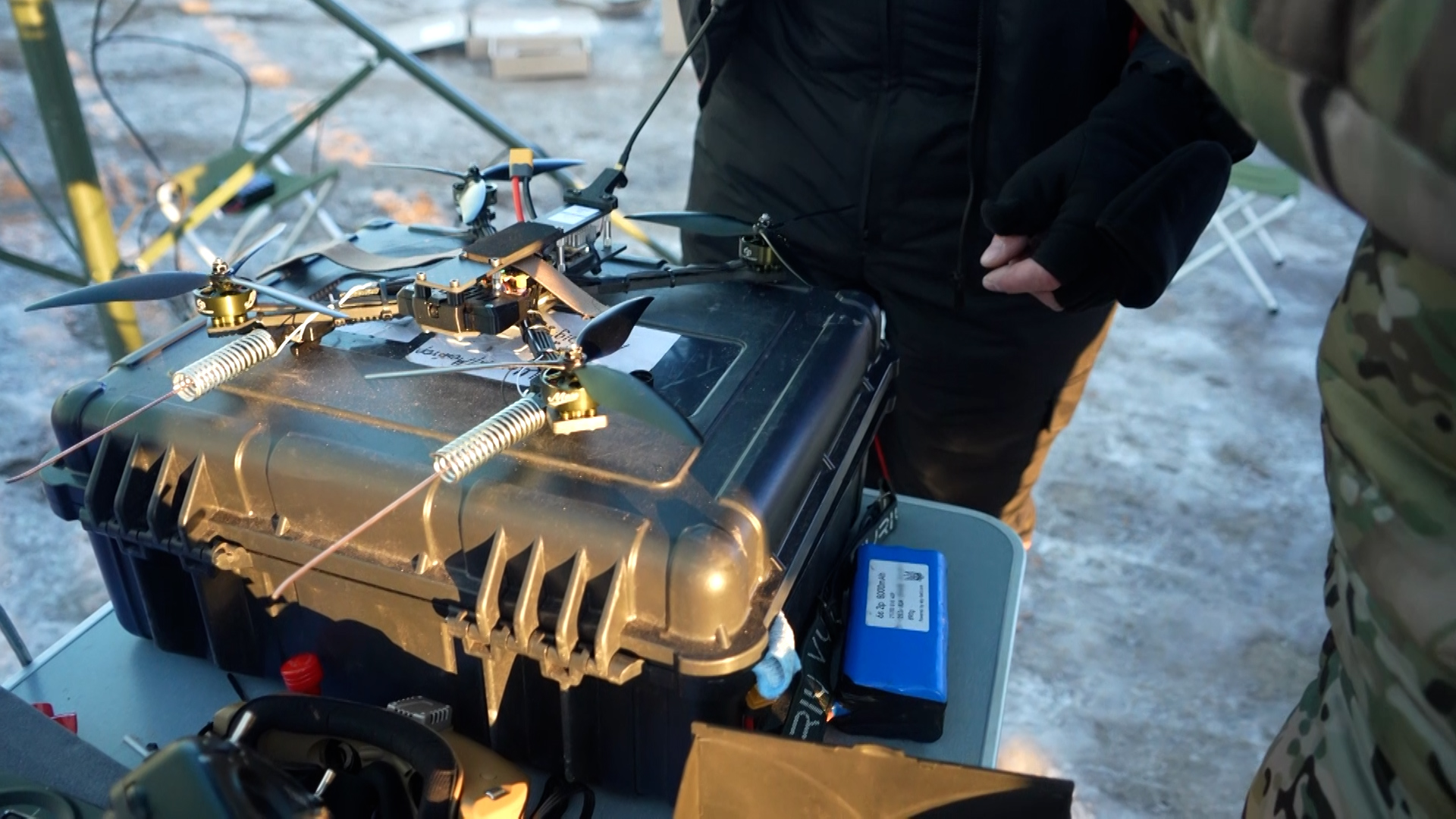
His company, Vyriy Drone Workshop, has grown rapidly, he tells me, with artificial intelligence (AI) and autonomous targeting the next frontier in this drone war with Russia.
"The next evolution," he says, "will be the ability to just take a drone to a certain area, tell it what the target is, and then the drone will find it all by itself."
Ukraine says it plans to deploy prototype AI drones to the battlefield by the end of this year.
Whether it can or whether this is just "info ops" for Russian consumption is unclear, but President Zelensky has said publicly that Ukraine plans to build 1.5 million drones by the end of 2024 and has set aside $2bn to fund production.
Oleksii says Russia, "for some unknown reason", hasn't pursued AI drones to the same extent Ukraine has.
However, while Ukraine is ahead in drone technology, Russia's strength is electronic warfare (EW) and jamming.
Russian units saturate the battlefield with EW, often cutting the video feeds to Ukrainian reconnaissance drones.
For Ukraine, which is so reliant on UAVs (uncrewed aerial vehicles), it is a big problem.
Artificial intelligence, if Ukraine can perfect it, would provide a way of circumventing that EW. AI-driven drones, it's hoped, would be unjammable.
Sitting in a deckchair, wearing an FPV headset and combat clothing, is Serhii, a former soldier with Ukraine's Azov Regiment.
Last year, while fighting in Bahkmut, he stepped on an anti-personnel mine. He lost both his legs but survived.
Unable to return to his unit, he is retraining as a first-person view or FPV drone instructor.
"Why do I want to be a drone pilot? Well, this is probably the only type of weapon I can use at the moment," he says.
"Maybe I can be useful in the future."
Serhii has two prosthetic legs, but I notice that they don't actually match.
One looks robotic and new, the other far more basic and covered in Manga stickers.
Serhii may be one of the lucky ones though.
Liza tells me that 40,000 injured Ukrainian soldiers are still waiting for artificial limbs.
Gathered in a huddle, we notice a group of stocky soldiers, earnestly studying a drone control screen.
We're told they are Ukrainian Special Forces and under no circumstances can they be filmed.
Lisa tells me her charity has placed hundreds of veterans with companies like Vyriy.
Ukraine's drone manufacturers are desperate for engineers and staff, she says, while these men, many of them discharged from the army, can earn a living and support their families.
"It's a win-win," she says.
Resplendent in a bright yellow puffer jacket, Lisa stands out among the camouflage clothing of the drone pilots and soldiers.
I ask her how she is feeling as Ukraine approaches its third year of war.
"I'm not coping. It's very difficult," she admits.
Lisz says she's frustrated with some of her fellow countrymen who just want their normal lives to return.
It's not a view shared by any of the veterans she helps, she points out.
"There's no problem with them," she said. "We're on the same page, and we know who the enemy is.
"We'll fight to the end."

